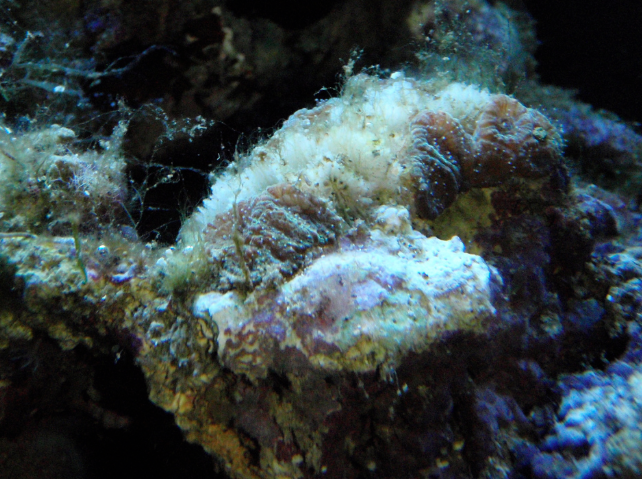New Scientist
Image: Isthmene
It is an almost poetic act of nature. Each year, under the same late-spring full moon, hundreds of coral species simultaneously spawn into the water.
Now reef biologists have figured out how they might do it. Coral lack the ocelli, or eyespots, that most simple animals use to sense light, but Oren Levy at the University of Queensland in St Lucia, Australia, and his colleagues have found that at least one species involved possesses photoreceptor proteins that respond to moonlight.
His team took tissue samples of the coral Acropora millepora four times each day during the full and new moon. They found that one gene, cry2, which codes for a light-sensitive cryptochrome protein, became significantly more active at midnight during the full moon, suggesting that it enables the coral to synchronise its spawning cycle (Science, DOI: 10.1126/science.1145432). Read more on newscientist.com…








